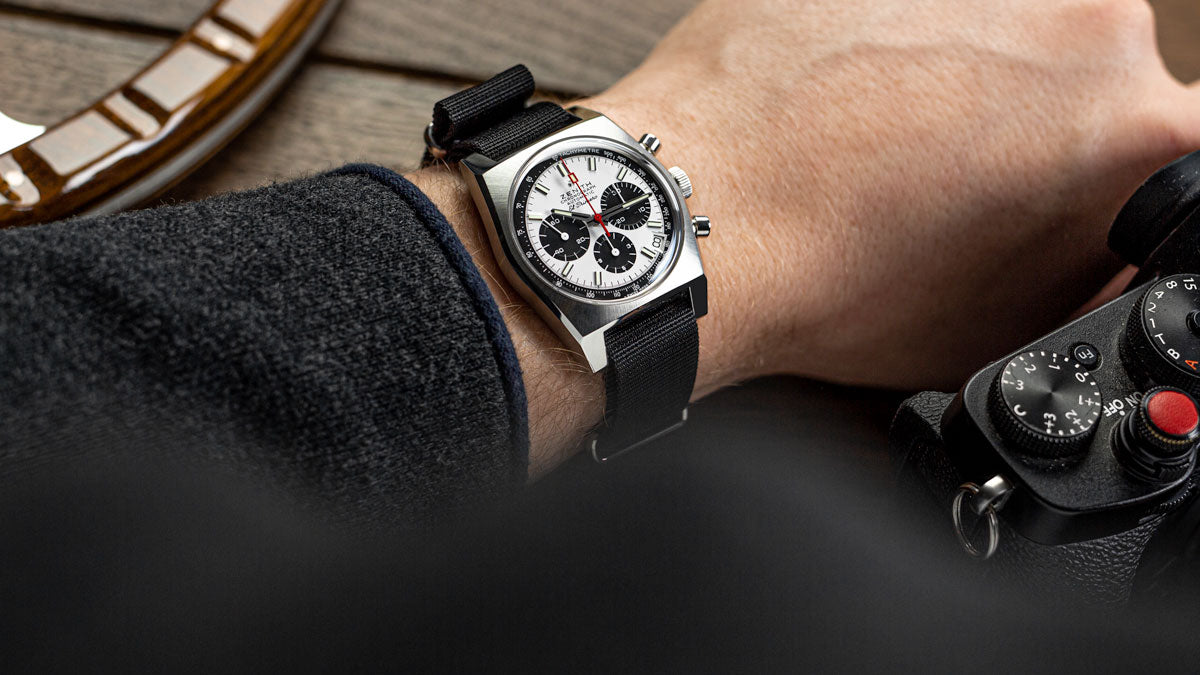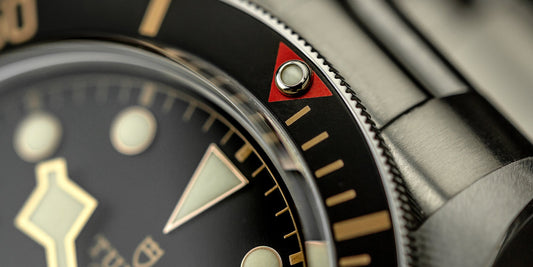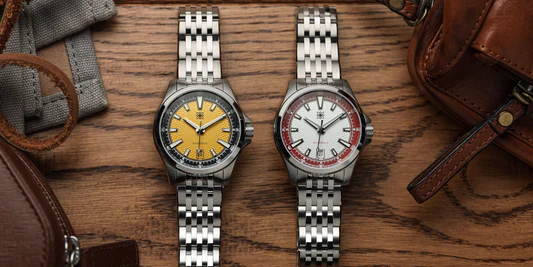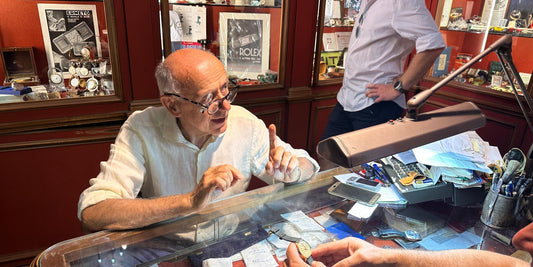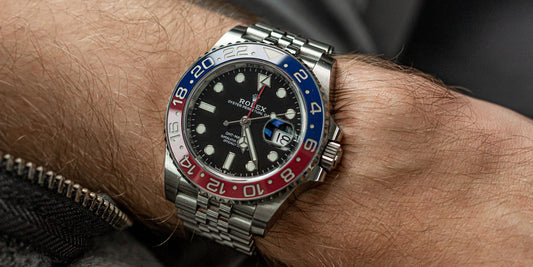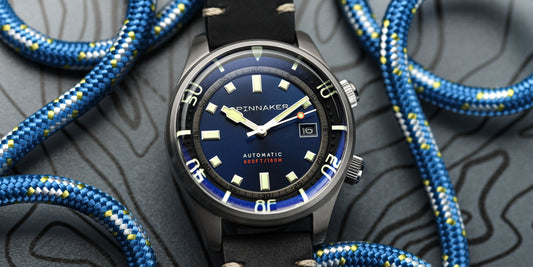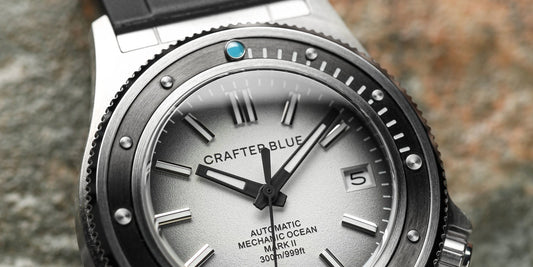Your Next Watch: Zenith celebrate an iconic movement by bringing back an equally iconic watch for it to sit in!
Welcome back to Your Next Watch, an ongoing series that looks at the watches you’re considering buying and breaks them down based on real hands-on experience.
Just occasionally, something comes along that feels so right it’s a genuine wrench to have to give it back. And that’s normally the sort of gut feeling that one day leads to a purchase. The Zenith El Primero A384 Revival is one of those things.
As usual, when you fall in love with a watch, there isn’t one single thing that causes it: instead of a combination of details that are compatible with your interests, needs, and passions. For some, history is bunk (to paraphrase Henry Ford) while for others, it’s important. I belong in the latter camp, and most of the watch collectors I know feel the same way – although of course, it’s absolutely fine if you don’t. One of the most wonderful aspects of collecting watches is that there are no rules or patterns of behaviour that you have to conform to. Or at least that’s how we all see it here.

The Zenith El Primero A384 Revival - Image Credit: WatchGecko Online Magazine
If we start the wrong way round for once and flip the Zenith onto its back (always a pleasure, as many moments can pass as you stare at the exquisitely engineered exposed movement, complete with trademark star) you’ll see the engraving ‘1969-2019’ along with ‘50th-anniversary edition’.
That tells you the beginning of the story about this watch, as it’s one that started a whole new era. In 1969, Zenith set out to create the first fully integrated automatic chronograph movement: the culmination of years of hard work and dedication. And that’s why it’s called ‘El Primero’.

The Zenith El Primero A384 Revival - Image Credit: WatchGecko Online Magazine
It’s horrifying to think that in the late 1970s it almost disappeared entirely, when the American parent company decided to focus on quartz timepieces only. Thankfully one renegade watchmaker, Charles Vermot, decided to save everything important (including the blueprints, tools and machinery) in a bricked-up attic, where everything remained until the company was taken over and production could re-start in 1984. You can watch more about the remarkable story of Charles Vermot below.)
So it’s thanks to this maverick watchmaker who passed away a few years ago, and his dusty machines squirrelled away in an attic, that I’m wearing this watch right now. And it’s that direct link to the past that gives you a visceral thrill every time you put it on. As if a part of you were hiding in that attic all those years as well.
The Zenith El Primero A384 Revival - What it does

The Zenith El Primero A384 Revival on the Vintage Otley Leather in Brown - Image Credit: WatchGecko Online Magazine
The Zenith El Primero A384 Revival is a watch that catches the eye, and the first thing that everybody asks you is whether or not you’re wearing a vintage piece. It’s very much a watch of its time, and yet the current focus on retro also makes it quite contemporary. Pick it up and it feels more delicate than you might imagine: it’s not a heavy watch at all, and it also comes in a case size that is a little smaller than current trends (which, however, are returning to smaller sizes). In diameter, it’s 37 millimetres, while thickness is a relatively modest 13 millimetres: although there are much thinner watches out there. So it’s a good compromise.
I’m fortunate to own a TAG Heuer Autavia – another chronograph with a similar story, being a reissue of a model that first appeared in the late 1960s – and there’s a lot that reminds me of it aesthetically, although the Zenith is much lighter and less chunky.
Interestingly, both have a motorsport connection: the Autavia was championed by Formula 1 stars, including Jochen Rindt (a man who holds the unfortunate accolade of being the only world champion to be crowned after his death) while Zenith was a long-time sponsor of Erik Comas. The Frenchman used to be a Formula 1 driver (who credits Ayrton Senna with saving his life by coming to his aid after a particularly vicious accident) but then switched to historic rallying with a Lancia Stratos, with the help of Zenith. The Zenith branding looks particularly gorgeous on the flanks of an Italian sportscar: just check out this.
The Revival watch, to celebrate 50 years of the El Primero, has hardly changed compared to the original. Much more than just a revival, it’s a faithful replica. The panda face is just as it was, complete with all the other important details: the brushed aluminum tonneau case, red second hand, soft green lumes, and the distinctive date window position between 4 and 5.

The Zenith El Primero A384 Revival - Image Credit: WatchGecko Online Magazine
The stainless steel case, with its characteristic lugs, is pure 1960s. As an ensemble, it just works: one of the reasons why I’m so drawn to it. The chronograph face in particular strikes the particularly tricky balance of complexity and simplicity. There’s enough detail in there to incorporate all the functionality and design that makes this watch stand out. Yet at the same time, none of those details are superfluous, and particularly from a distance, the overall design philosophy stands out as being very clean.
It’s been one of the watches that has attracted the most unprompted compliments of any that I have ever worn. But it’s the in-house movement that is the real star, being a genuinely pioneering automatic chronograph. And that movement still sits at the heart of so many Zenith watches right now: part of the link that you feel to the brand’s heritage every time you wear the watch.
Hands-on thoughts
It goes with saying that the timekeeping was fastidiously accurate throughout my tenure; it was just a watch that was incredibly easy to live with. And we went on a bit of a journey together. From collecting the watch in central London, where it looked instantly at home in Britain’s second watch capital (after WatchGecko HQ in Tewkesbury!) it was straight to Heathrow on the underground: a normally tedious journey that passed quickly as it was spent admiring the A384 on the wrist.
Check-in and straight to the lounge, where it was time to relax with a coffee and some biscuits, before boarding a flight to Barcelona. On arrival in Barcelona, it was over to the long stay parking to pick up the car (which had come from England on a previous occasion) and then to the hotel on the outskirts of the city, before hastily unpacking and enjoying a night out in a tapas bar with friends. In the space of a hectic day, this watch proved that it could be all things to all people. It certainly felt very much at home in the buzzy tapas bars of Spain, but equally cut a distinguished profile in the more sober atmosphere of the British Airways business lounge.

The Zenith El Primero A384 Revival - Image Credit: WatchGecko Online Magazine
The next four days were filled with work and a couple of evenings out: if you want to try some of the best ham in Spain (and then take some home) you'll want to go here. The days of the siesta are long gone, but the Spanish lifestyle still involves late nights and long evening walks in thoroughfares such as the famous Ramblas in Barcelona, social occasions where the Spaniards like to see and be seen. At the end of the Ramblas is another incredible tapas bar.
The Zenith participated fully on all these occasions, underlining another important role of any watch in my life: travelling companion. And after work was done, it was time for another long trip: back to London but this time by car. From Barcelona to Calais, where you get the Eurotunnel to Ashford and then drive to London, is about 11 hours by car – providing you have a good eye for mobile speed traps and hidden gendarmes. The time I set off was 4:35am: I remember this distinctly because of the glow of the green hands (very clear in the dark) as I checked the watch before nosing the car out of the hotel garage and into the deserted streets.
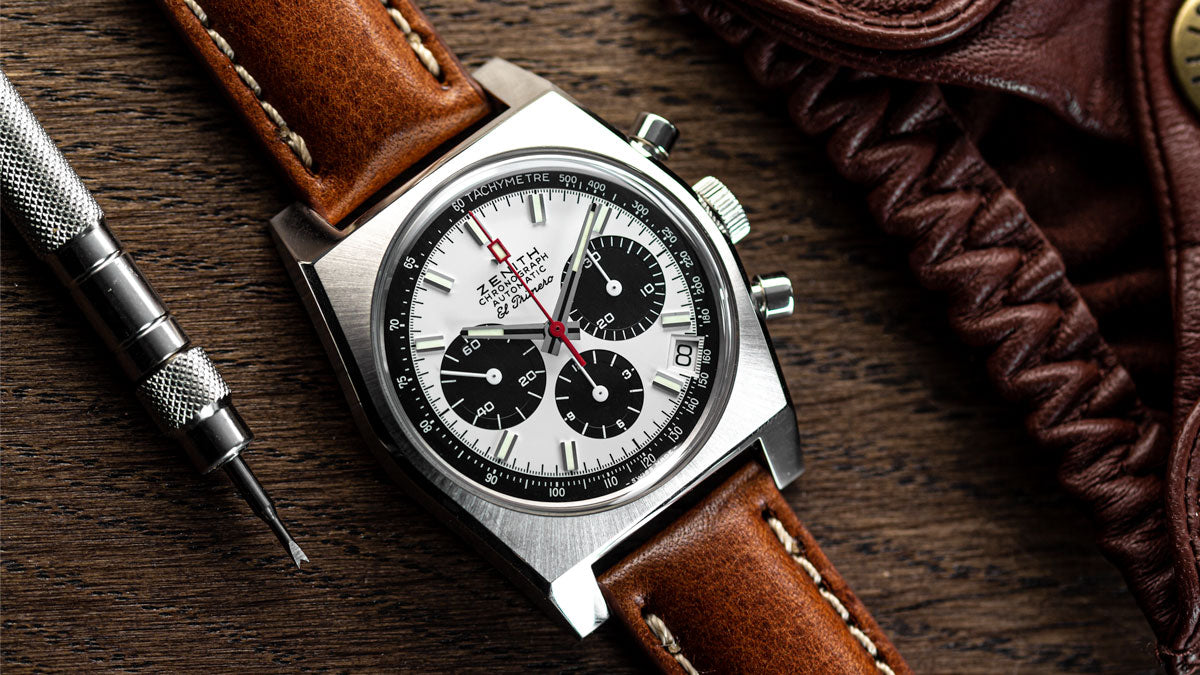
The Zenith El Primero A384 Revival on the Vintage Otley Leather in Brown - Image Credit: WatchGecko Online Magazine
The Spanish border flew past before 6am (and it struck me again how easy the watch was to read even at speed in the dark) and by lunchtime we were well into central France. By 4.30pm I was on the Eurotunnel train, which sadly wasn’t running to the same punctuality as a Zenith, and by 6.30pm British time I was back. What struck me throughout the thousand-mile or so journey was what a good driving watch this made as well; sitting lightly on the wrist and telling the time easily and clearly. Adjusting the time was no bother, with a pleasing mechanical action, and it was supremely comfortable at all times.
Watch strap suggestions
This watch came with a black alligator strap, which is obviously well suited to the panda face, and a metal bracelet is available as well: another echo of the original 1969 piece. But as always, we’ve been thinking of what else might suit this watch, with ideas that ranged from the radical to the discreetly conservative. For those who wanted something out there, we paired the Zenith with a Black 141 strap. Each to their own: it's not a choice that I would normally make, but it does look good with that combination.

The Zenith El Primero A384 Revival on the Vintage Otley Leather in Brown - Image Credit: WatchGecko Online Magazine
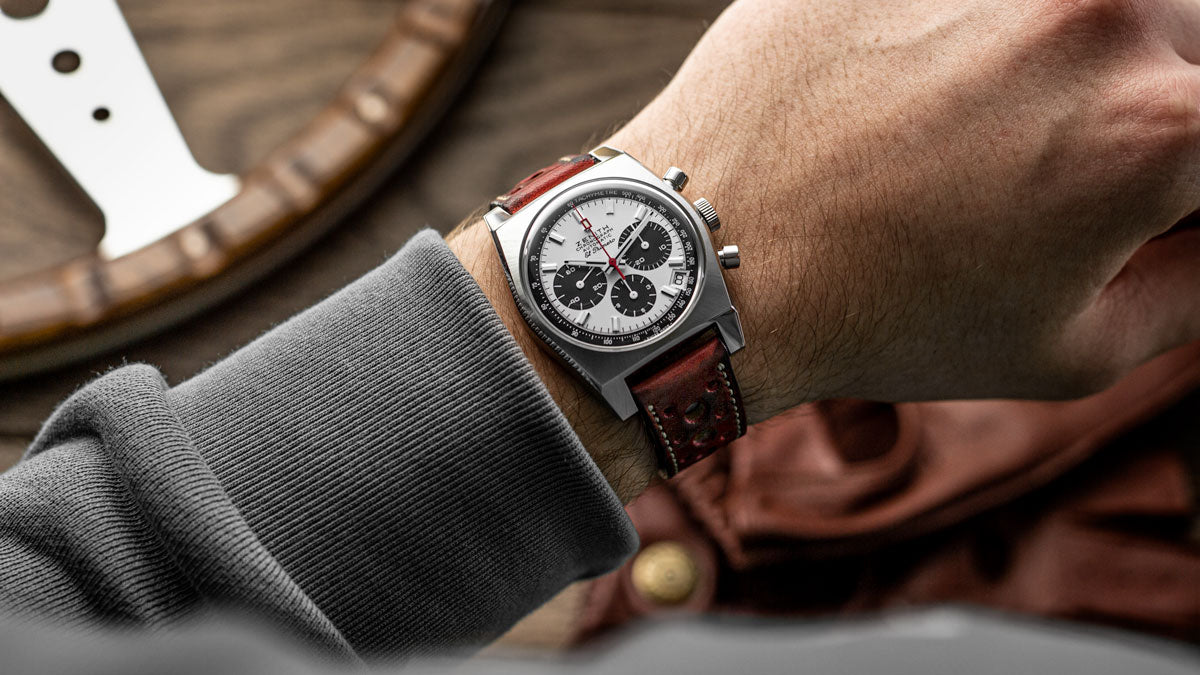
The Zenith El Primero A384 Revival on the Radstock Leather Racing in Red - Image Credit: WatchGecko Online Magazine
Things we would change
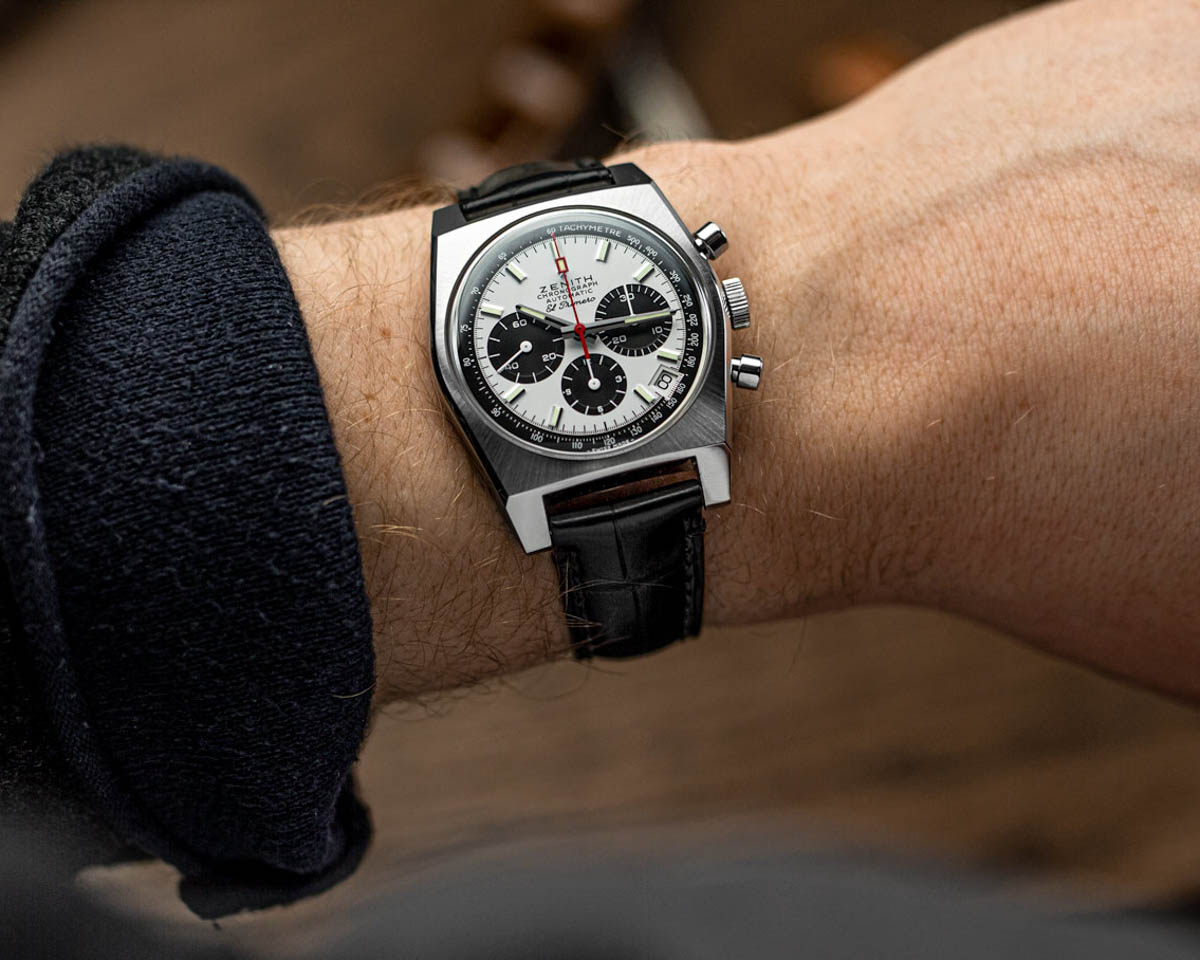
The Zenith El Primero A384 Revival - Image Credit: WatchGecko Online Magazine
Spoiler alert: this is probably going to be the shortest section of my review of the Zenith Revival. As you may have gathered, it’s a watch that I was instantly attracted to, and while it won’t be for everyone, the joy of watch collecting is that it’s a broad church with scope for several different disciples. For the price (closer to £7,000 than £6,000) some may feel that it’s a bit light and insubstantial – but the lightness is what makes it so eminently wearable. I’ve also heard the view that it’s expensive – yet price is such a subjective and relative question that it hardly seems worth having the debate.
The historic importance of the El Primero movement cannot be disputed, although this Revival edition isn’t limited. And the fact that it does not mean that it will ultimately be accessible to more people. Whether you think that’s a good or a bad thing is entirely down to you.
Final thoughts on the A384 Revival

The Zenith El Primero A384 Revival on the 141 Black - Image Credit: WatchGecko Online Magazine
The week with the Zenith El Primero A384 Revival flew by, both because I had a lot happening over several different countries, but also because I wish I had longer with it. During those intense few days, it was never off my wrist and it was also on that of several other people who wanted to try it. Erik Comas, the Formula 1 turned rally driver (who has a limited edition Lancia Stratos Zenith) texted simply to say “beautiful watch”, after I sent him a photo.
And that was the universal reception that this watch met with, having fitted into my life perfectly. It also showed remarkable adaptability to a whole range of different contexts, striking the right balance between style and discretion. Now that the El Primero gone back to its rightful owners, I miss it already. But I have a distinct suspicion that I’ll be reunited with it one day…
The Zenith El Primero A384 Revival is currently available for £6,500. We'd like to take this opportunity to thank Zenith for sending this watch out to us for review, if you're interested in learning more about the A384 Revival or any other strong offering from Zenith, click here.




